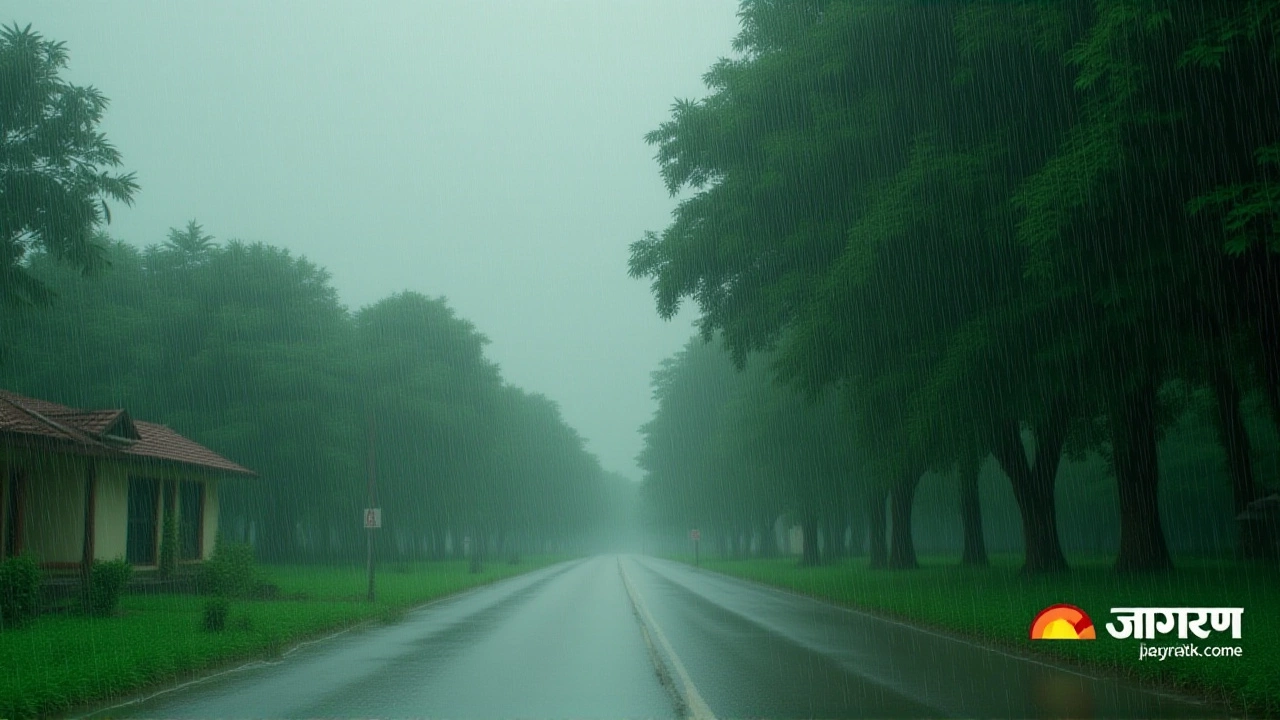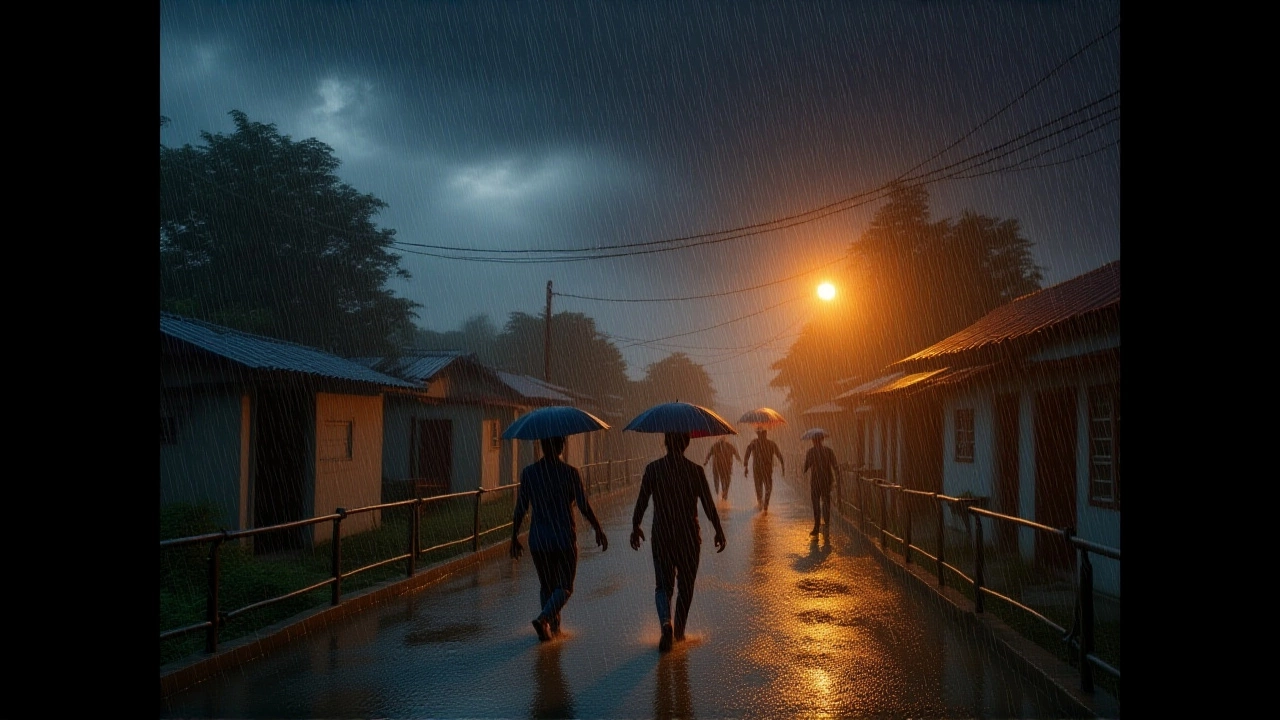World News and Global Events
When you follow World, the global arena of news and events that affect every country and community. Also known as global news, it connects stories from far‑flung places into one searchable feed. Alongside political headlines, natural phenomena like Heavy Rainfall, intense precipitation that can overwhelm ecosystems and infrastructure dominate today’s alerts. When heavy rain hits a region, it often triggers Floods, rapid water rises that submerge land, roads, and homes and even landslides, reshaping landscapes overnight. Governments and NGOs respond through Disaster Relief, coordinated emergency aid that includes rescue teams, medical supplies, and temporary shelters. Understanding how these pieces fit helps you see why a single storm in Bihar can ripple through Darjeeling, Nepal, and beyond. World news therefore isn’t just about elections or economics; it’s a living network where climate, geography, and human action intersect.
How Weather, Geography, and Response Interact
Think of the World as a massive puzzle. One piece, heavy rainfall, often leads to another piece, flooding. This chain reaction is a classic example of a semantic triple: "Heavy Rainfall triggers Floods". When water pools in river valleys, it can cause landslides—another triple: "Floods increase Landslide Risk". Those landslides then demand quick Disaster Relief, completing the loop: "Landslides require Emergency Response". Climate change adds pressure, making storms stronger and more frequent, which means the World sees more of these events each year. Local authorities, like the Bihar state government, issue alerts, while meteorological bodies such as the India Meteorological Department provide forecasts that guide relief teams. The relationship between climate data and on‑ground action illustrates a second triple: "Accurate Forecasts enable Effective Relief". By tracking these connections, you can better anticipate which regions might face similar hazards in the future and why coordinated response is vital.
Below, you’ll find a curated collection of recent stories that illustrate these dynamics. From the tragic floods in Bihar that left families stranded, to the landslides in Darjeeling that blocked highways, each article gives a snapshot of how heavy rain reshapes lives across the World. The posts also highlight how officials, NGOs, and everyday citizens respond—whether it’s issuing evacuation orders, setting up temporary shelters, or launching rescue missions. As you browse, notice the recurring themes of weather extremes, infrastructure strain, and humanitarian effort. This context will help you understand each headline not as an isolated incident but as part of a larger, interconnected global picture.
Uttar Pradesh Braces for Hot, Dry October 2025 with Just Two Rainy Days
Uttar Pradesh faces a scorching, nearly rainless October 2025 with just 37 mm of rain and 11.7 hours of daily sun, as temperatures swing from 33°C to 16°C. No cyclones expected, but heat stress and water concerns are rising.
Heavy Rainfall Triggers Fatalities and Floods Across Bihar, Darjeeling, and Nepal
Heavy rainfall on Oct 5, 2025 triggers deaths, floods and landslides across Bihar, Darjeeling and Nepal, prompting emergency relief and warnings from officials.



 Cricket
Cricket